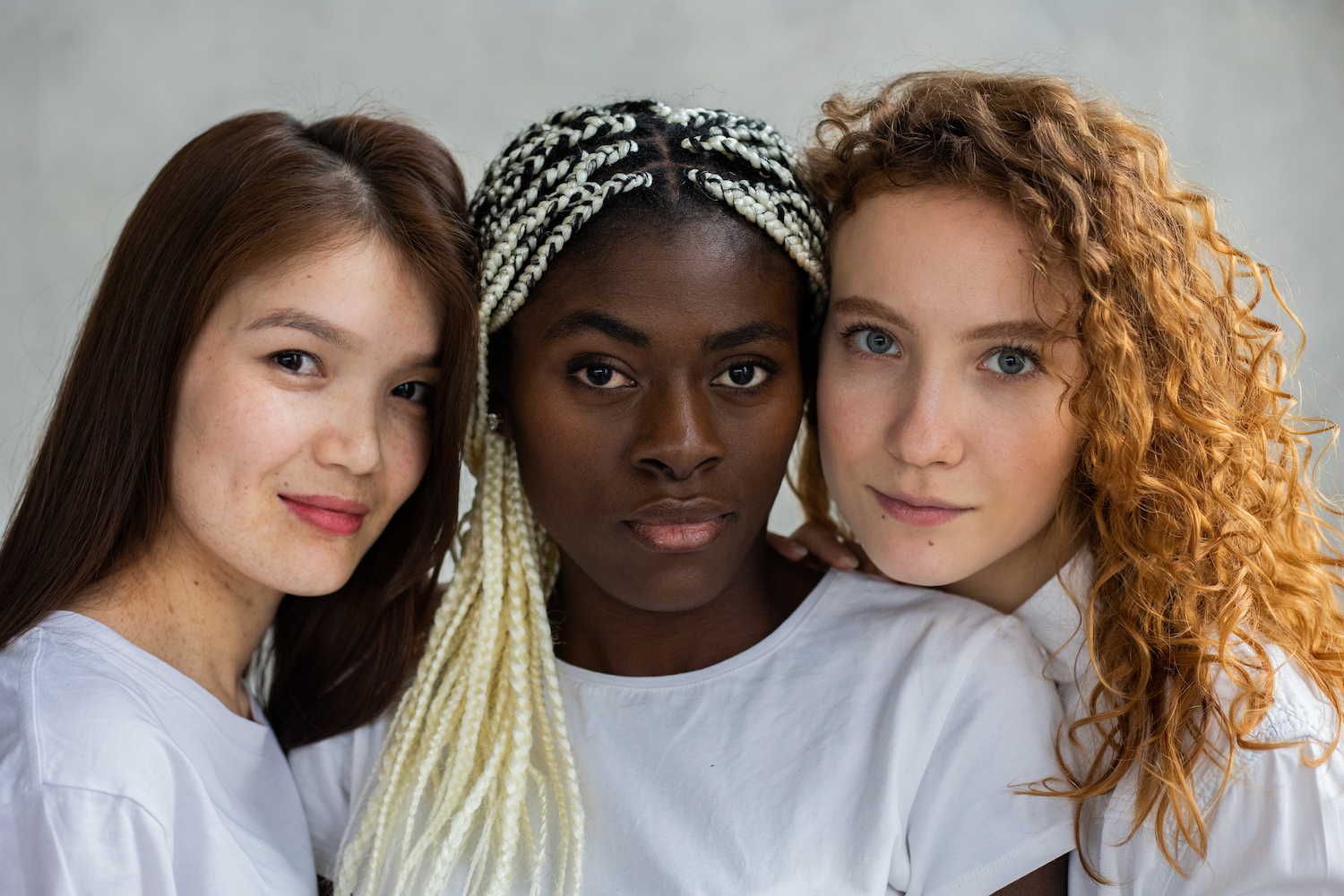Diversity & Inclusion, Employee Experience, Equity, LGBTQ+
The complex identities that women bring to work mean they face different challenges to their success in the workplace.
How inclusive are your efforts to support women in the workplace? A narrow approach might be doing more harm than good.
When a parental leave program is only available to employees who give birth to a child, a message is sent to employees having a different experience. Parents who are adopting a child, having a child via surrogacy, or otherwise growing their family without giving birth are left to wonder if the company values them as much as it values birthing mothers at the company.
“If your goal is to build trust in the workplace, that hinges on authentically seeing and connecting with people,” says Sarah Lewis-Kulin, vice president of global recognition at Great Place To Work®.
Like any other demographic in your organization, women are not a monolith. They are having a vast range of experiences in the workplace and face unique challenges that are associated with the complex identities they bring to the workplace.
By the numbers
Racial identities reveal experience gaps for different groups of women in the workplace.
Compared to men, all women are more likely to “quit and stay” — the phenomenon in which employees who feel overlooked and underappreciated in the workplace stop giving extra effort, but don’t leave the organization. However, Black women are 20% more likely to experience “quit and stay” than white women.
And Black women who say they wouldn’t recommend their employer to friends and family are 28 times more likely to quit and stay than white women who say the same.
“Rising tides lift all ships — and that’s for sure what we see at the best companies.”
There are different gaps for working mothers, also. Burnout for working mothers (compared to white, male counterparts) is 47% more likely for Black mothers, 33% more likely for Asian mothers, and 23% more likely for Latinx mothers.
Women who identify as LGBTQ+ are also having a different experience. Even at great workplaces, LGBTQ+ employees are 7% less likely to have a psychologically and emotionally healthy work environment compared to their coworkers.
These experience gaps are having an impact on how women move through the workplace. Most employees experience higher levels of inclusion as they are promoted to higher levels in the organization. However, women experience less inclusion than men at a similar management level.
White women experience the largest gain in inclusion with increased management responsibilities. Latinx women feel the smallest gain in inclusion with more management responsibilities.
For Black women, despite a sizable gain in inclusion at work with increased management responsibilities, they still lag all other demographics, reporting the least amount of inclusion at work at every level of management.
The impact on the business? Lower retention, less innovation, and, ultimately, lower profits.
Gaps as an opportunity
These employee experience gaps should be seen as an opportunity, says Lewis-Kulin.
“Obviously, we don't want to have them,” she says. “But experience gaps mean you know how to create a great workplace for some people — so what does that tell you about how you can extend that to your whole workforce?”
If older women find their work more meaningful than younger women — a finding that has shown up in Great Place To Work research — that offers a clue.
“The first thing always is to talk to your people.”
“What can you find in that moment that you're doing really well for some people, and how can you extend that more thoughtfully so that everyone is included?” Lewis-Kulin says.
It starts with listening and having a deep understanding of the different experiences of individual employees in your organization. (Hint: Surveys are a crucial tool.)
The good news? Solutions to many of your problems won’t come with a big price tag.
“In some cases, it just requires rewriting a policy so that you're explicit about who is included,” Lewis-Kulin shares, as an example.
Avoiding stereotypes
One classic mistake that companies can make is to equate their efforts to support women with programs connected to childcare and family responsibility.
“Of course, that's an important part of life experience for many women,” says Lewis-Kulin. But women in the workplace have a much richer and broader range of experiences.
“It is reductive to me to equate how companies support women solely with parental benefits because, obviously, not all women are going to have children,” she adds. “And parenting is not only a women's issue.”
Instead, Lewis-Kulin recommends personalizing the support to the employee. “The first thing always is to talk to your people,” she says. They'll tell you what they need.
And if you start to feel overwhelmed by the many different needs of your people, remember that your efforts to help one targeted group will likely improve the experience of all employees.
Lewis-Kulin gives an example of a window installation company that heard from its female salespeople that it was hard to transport heavy samples to clients’ homes, a potential barrier for women having success in sales roles. When the company designed a lighter sample window for its sales reps, male employees, as well as employees with disabilities, benefitted from having to haul less weight from appointment to appointment.
“Winning attention for one group doesn’t have to come at a cost for another group,” Lewis-Kulin says. “Rising tides lift all ships — and that’s for sure what we see at the best companies.”
Subscribe
Learn how to create an award-winning company culture. Subscribe to the Great Place To Work company culture newsletter and join 100,000+ other leaders learning how to create a great workplace.











